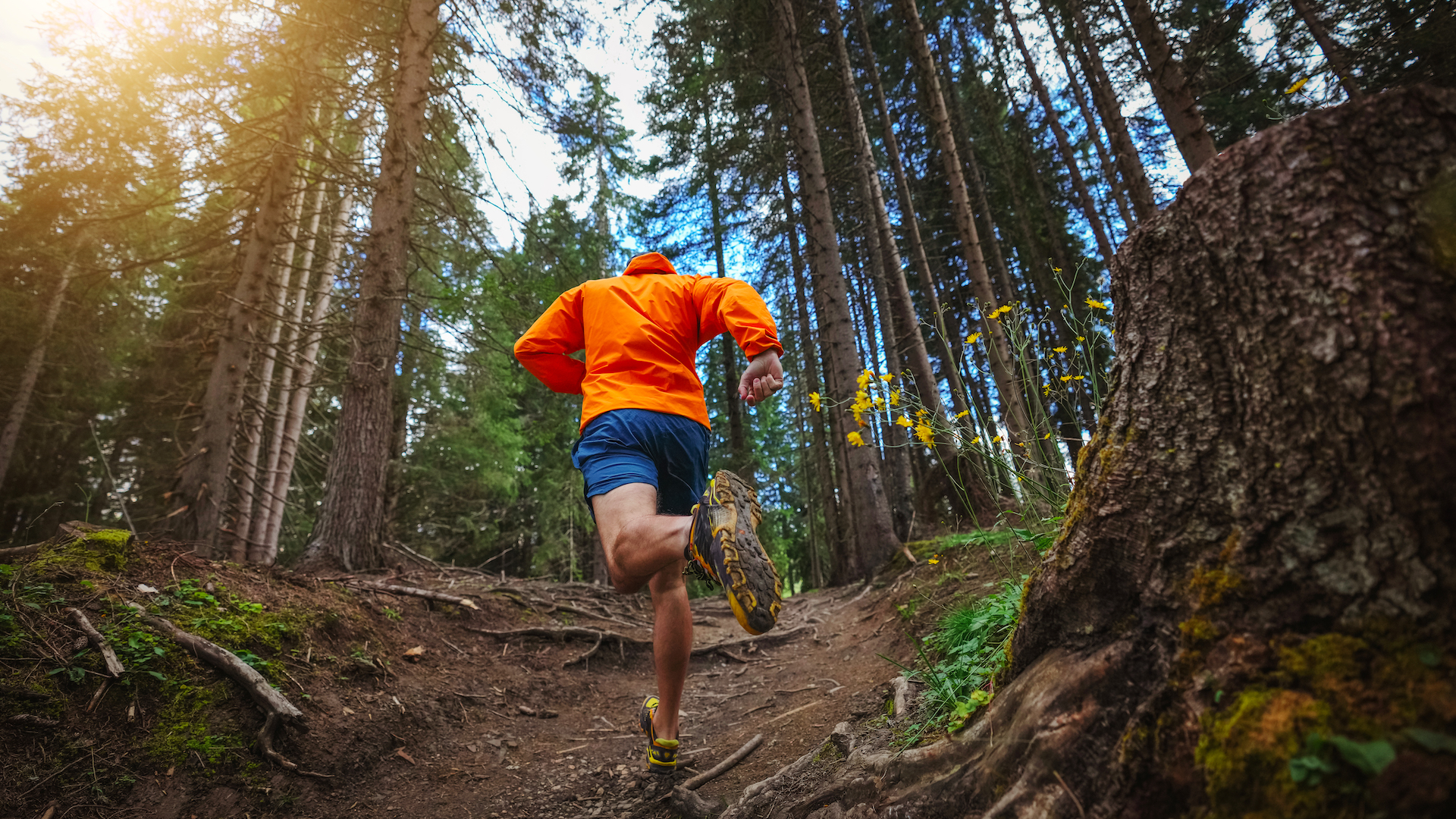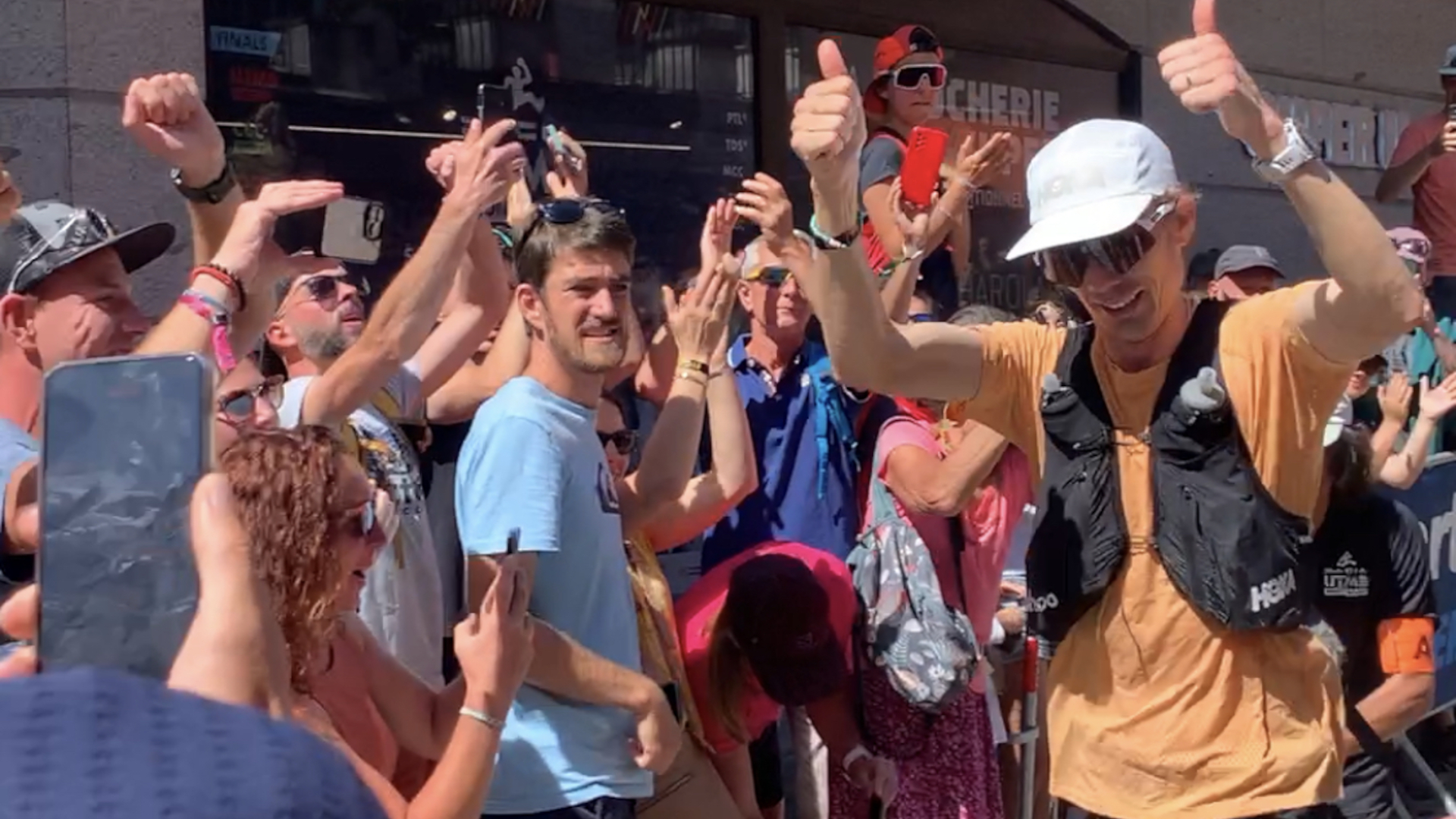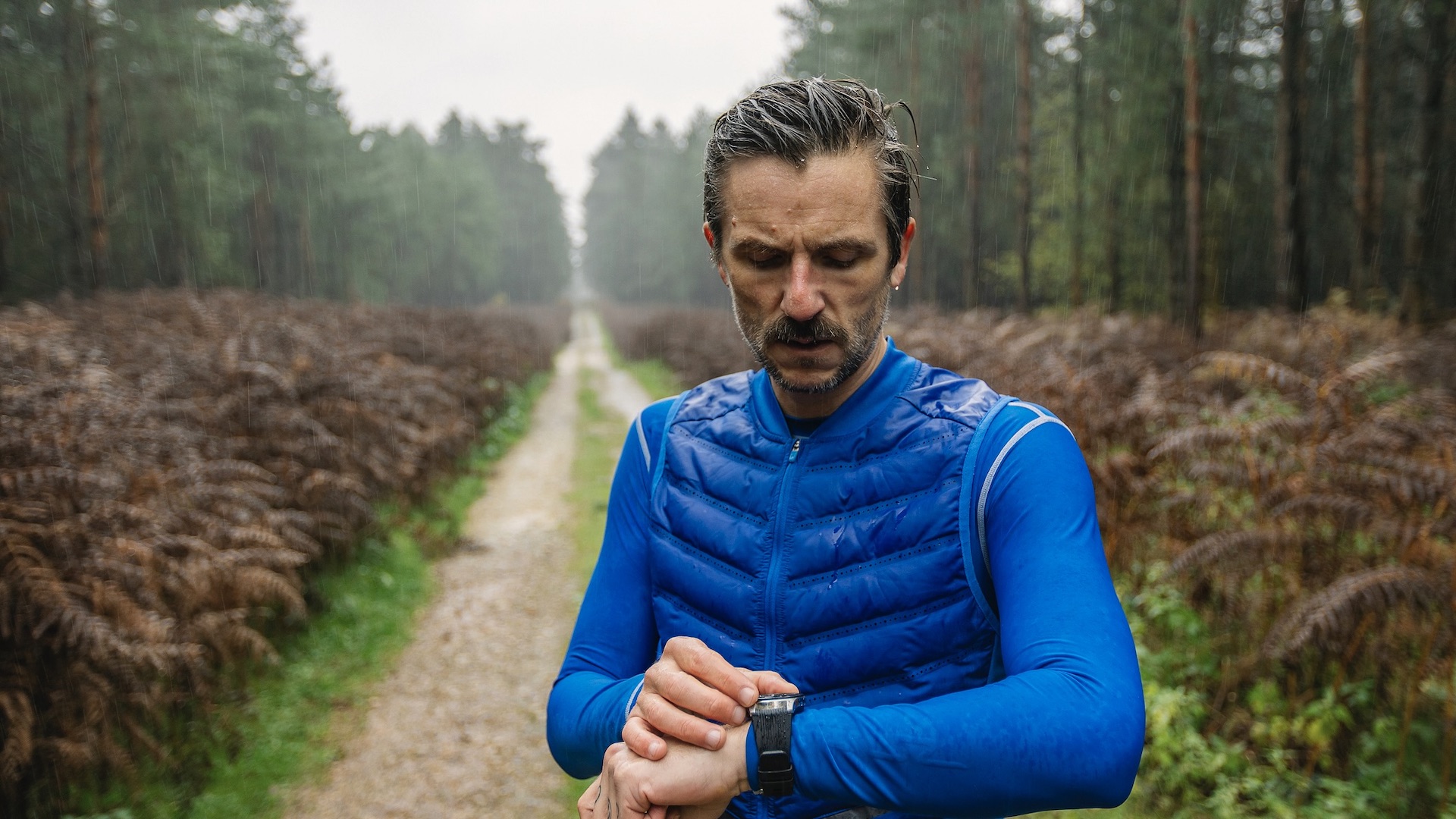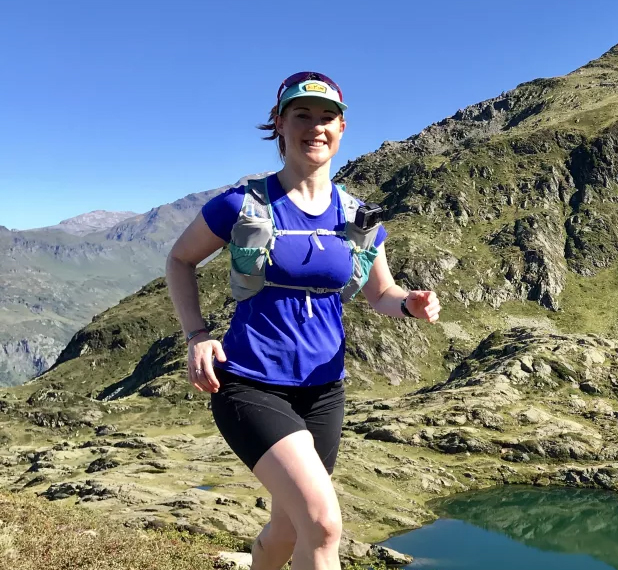Is a second wind real? And if so, what is it?
We examine three theories that might explain that second wind you sometimes catch on a long run

Come with me, if you will, on an imaginary trail run. It’s a Saturday, you have the whole day off, and you’re planning to push yourself a little with a 15k loop you’ve been eyeing up. You lace up your trail running shoes and start trotting, using the first few minutes just to find your rhythm. Your legs are fresh, but as you reach the end of the second kilometer, your breathing is labored and you start to think about the 13k still to go. Why did you decide to do this? Surely it can’t be good for you.
After 45 long minutes, your GPS watch buzzes to tell you that you’ve reached the halfway point. From this moment on, you have less distance to run than you’ve already covered. It starts to seem possible. Is it just your imagination, or did the views just get more beautiful? Suddenly, you feel like you’ve finally found that rhythm that was eluding you. Difficulty transforms into an interesting challenge and you could almost say you’re enjoying yourself.
The second wind phenomenon is something we’ve probably all experienced at some point or another, whether it’s on a run, swimming or hiking. In endurance sports, it describes a burst of energy that occurs after you’ve used up your initial energy stores. The most spectacular example I’ve witnessed took place earlier this year, when I was in Chamonix covering the legendary UTMB trail race. American runner Jim Walmsley was one of the favorites to win this year’s race, but he didn’t start out in the lead. Sixteen hours into the race, commentators speculated with confidence that no runner in this race could break the 20 hour mark.
Suddenly, everything changed. Walmsley surged ahead, creating a two-minute lead over the frontrunner who had remained 10 minutes ahead of him all night. Not only did he retain his lead, but his pace picked up so much that many of us journalists had to change our plans and speed to the finish line in order to catch him win, which he did in well under 20 hours and more than 20 minutes ahead of the next runner.

It’s been widely bandied about that a second wind is more common among novice and non-elite runners than it is the pros, but from this example it seems like just about anyone can experience it. Beyond the obvious energy boosters such as running gels, electrolytes and other forms of fuel, is there any explanation for a second wind? Is it real and if so, what is it?
The truth is that there is no hard-and-fast explanation for the second wind, but there are a few common theories which you can read below.
1. It’s your body burning up lactic acid
One of the more common theories that’s widely shared is that a second wind comes when your body figures out how to balance the amount of oxygen coming in with what it needs to burn up lactic acid. The reason you breathe harder when you start running is because as your muscles work harder, they need more oxygen. We often start out a little fast on a run, when our legs are fresh or we’re caught up in the excitement of the race, and it can take a while to find the right pace, which allows your body to adapt.
Advnture Newsletter
All the latest inspiration, tips and guides to help you plan your next Advnture!
It’s thought that it can take your body around 20 minutes to figure out how to cope with a burst of activity, and that’s why your second wind usually takes at least that long to make an appearance, if it happens at all.
A 1992 article in Newsweek posited this theory early on, explaining that when your body starts accessing glucose storage in your muscles, it releases lactic acid – the stuff that gives you cramps if you don’t metabolize it quickly. This process requires oxygen, which you will be in short supply of if you’re running fast. When your body catches up to your activity level, the theory by physicist Peter Brancazio of Brooklyn College is that you experience a second wind.

2. It’s the endorphins
We’ve all heard of the runner’s high, that feeling of euphoria that occurs after you’ve gone on a run (well, sometimes, anyway). Some think that a second wind can be explained by the same chemical that produces a runner's high: endorphins.
As the Cleveland Clinic explains, endorphins are hormones produced in your brain that your body releases when it feels pain or stress. They help relieve pain, reduce stress and improve mood – just the way you might feel when you reach the halfway mark on a run. Endorphins can be boosted by exercising, among other activities, so could it be that your second wind is explained by a simple chemical reaction?
According to the book Hal Higdon’s Smart Running and others, your second wind could be down to the same chemical reaction that causes the runner’s high. When you’re seven miles into a 10 mile run, your lungs are burning, your legs are starting to feel a bit tired and your muscles are oxygen-starved. Realizing that you have no intention of stopping, your body kicks in and delivers some all-natural pain relief to help you keep going.

3. It’s all in your head
Another common thought surrounding the second wind phenomenon is that, like our imaginary trail run at the beginning of this article, it’s purely psychological. Depending on who you ask, performance is anywhere from 10 to 90 percent physical – there’s no scientific means to ever pinpoint an exact number, but we can probably all agree that your mind plays a big role in how well you perform, and how you feel about your performance.
If you believe you can run 20k, you probably can. If you don’t really think you can, you might bail out at the 15k mark, or you might make it to the end, but very, very sluggishly. For many of us, realizing that we’ve already made it halfway, or further, gives us a mental boost. You’ve already proven to yourself you can run 10k, so you know you can do it again. This gives you confidence and confidence can be a performance-enhancer. It’s a self-fulfilling prophecy, if you will.
Or, it could just be the relief of knowing that the worst is behind you and there’s a juicy burger waiting for you at the finish line.

Why don’t I always get a second wind?
All of these theories certainly sound plausible, but of course they don’t explain why we don’t always experience a second wind. How come sometimes you feel great for your entire run, while other times you never even catch the first wind?
Well, perhaps there’s a fourth theory that we haven’t yet come up with, or, more likely, variations in experience come down to factors like hydration, nutrition and recovery times. What’s clear is that we can’t rely on a second wind to power us through a race or a long run, we need to make smart training choices: get enough rest, pace yourself, eat right and carry that hydration pack if you want to make it to the finish line.
Julia Clarke is a staff writer for Advnture.com and the author of the book Restorative Yoga for Beginners. She loves to explore mountains on foot, bike, skis and belay and then recover on the the yoga mat. Julia graduated with a degree in journalism in 2004 and spent eight years working as a radio presenter in Kansas City, Vermont, Boston and New York City before discovering the joys of the Rocky Mountains. She then detoured west to Colorado and enjoyed 11 years teaching yoga in Vail before returning to her hometown of Glasgow, Scotland in 2020 to focus on family and writing.

